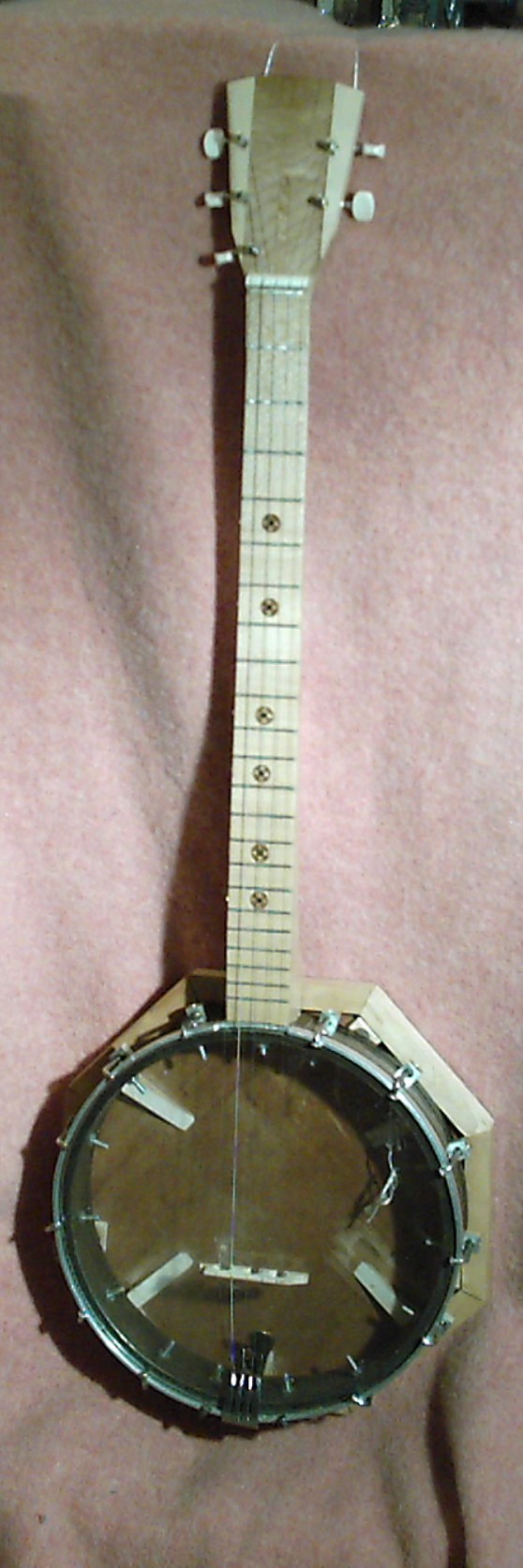

On guitar, open position is “home” and you capo up a few as needed, and it is foreign thinking to go much higher. When I play the 6-string banjo, I think of the 5th fret capo as my “home” position, and I capo up to 10 and down to 0 to get different tones and to play in different keys.

When a traditional bluegrass guitar player picks up a 6-string banjo, they head for the nut and for the lower notes instinctively, and that just isn’t where the best sounds come from the instrument. It’s also physically hard to play way up high on a guitar, and it is not on the banjo. This is very hard for an acoustic guitar player to get used to, especially if you have played bluegrass and did any time on an old Martin that wouldn’t play in tune above the 7th fret anyway. The higher notes not only sound good, but they are accessible. A guitar is pretty much useless with a capo higher than 7, and most people rarely go above 5.įour: Banjos have a longer neck, and more frets clear of the body, and less of a body to get in the way, so you can really use the high positions much more freely than on an acoustic guitar. You can capo a banjo 10 frets and it still sounds sweet and round. On an acoustic guitar, this is not the case, and the highest notes are weak and have little sustain and not as useful. Three: The higher you go up a banjo neck (5 or 6-string) the prettier and more penetrating the notes become. Two: A banjo responds dramatically to the use of a capo, and there is world of difference in tone from one position to another when you use it, more so than with a guitar. If you want to make people feel the usual banjo tonality, you have to use the ultra-low notes cautiously and sparingly.

The lowest note on a 5-string banjo is the same note as the 10th fret of the lowest string of the guitar, almost an octave higher than the guitar’s lowest note. One: People are not used to hearing a banjo play a note as low as an low guitar E. On a 6-string banjo, they become extra valuable, and provide a vital tool for getting the “banjo” sound. You cannot imitate the sounds they produce with any other means. That if you are a “real” guitar player then you don’t use one. “Cheaters” they are sometimes called, and it is implied Is a stigma in some corners of the world of guitar about using them. There is so much baggage attached to capos, and there The long bar design allows the 5th string to be capoed up to the 13th fret for limitless key possibilities.If it weren’t for my extensive use of capos on guitar I doubt that I would have gotten excited by the 6-stringīanjo, or at least I would never have felt like I needed one. It attaches to the banjo with three mounting screws. The Shubb FSLB Fifth String Long Bar Banjo Capo is the original 8" long bar capo.

It slides on a slim, dovetailed bar which mounts flush to the neck, making it sturdy and unobtrusive. It operates on a lever principle, not a spring, so it provides sufficient pressure to fret the string without muting the tone. The Shubb Fifth String Banjo Capo was the gadget that got it all started for us back in 1974, and to this day it's STILL the only fifth string capo worth putting on a banjo.


 0 kommentar(er)
0 kommentar(er)
